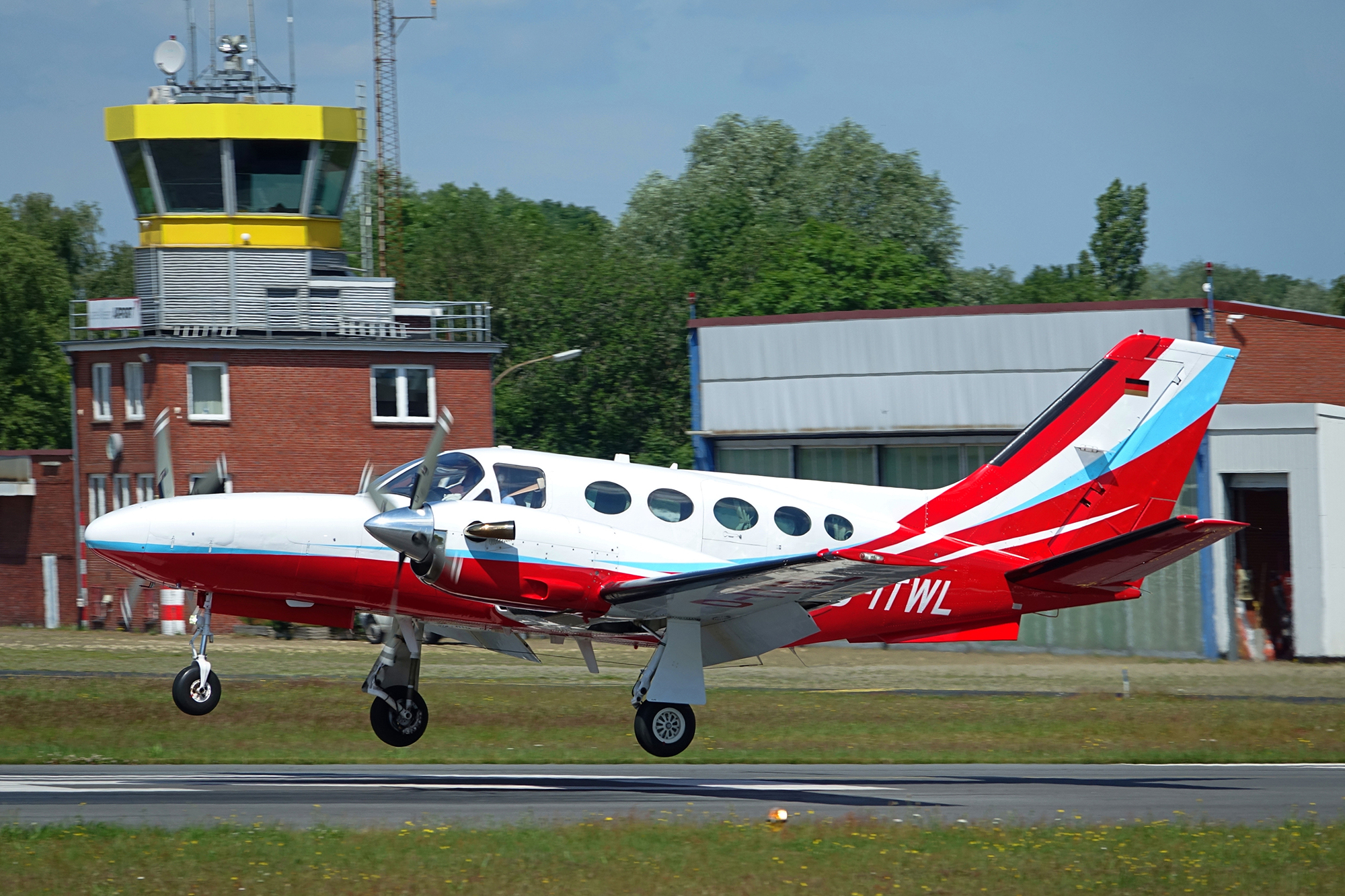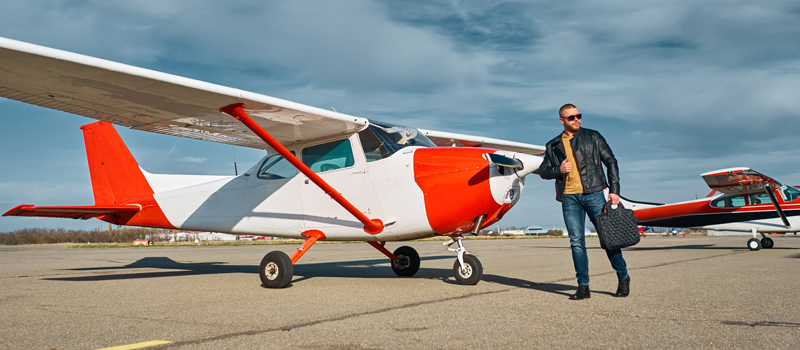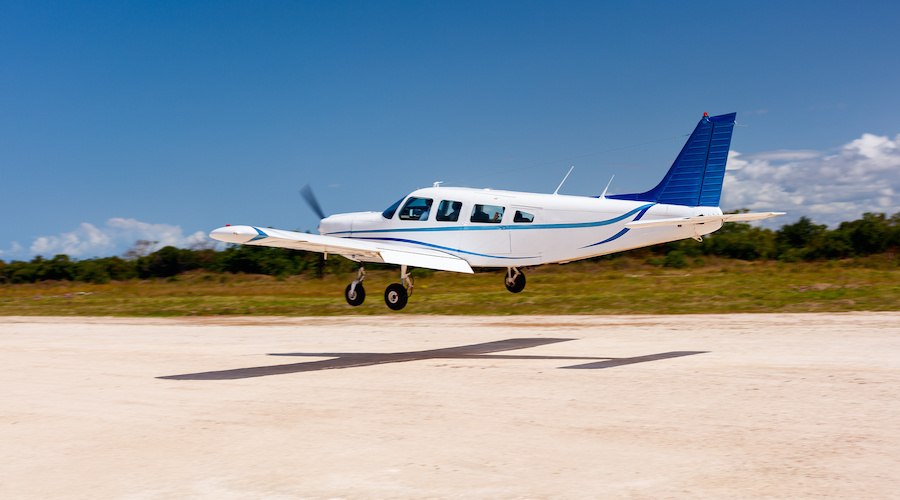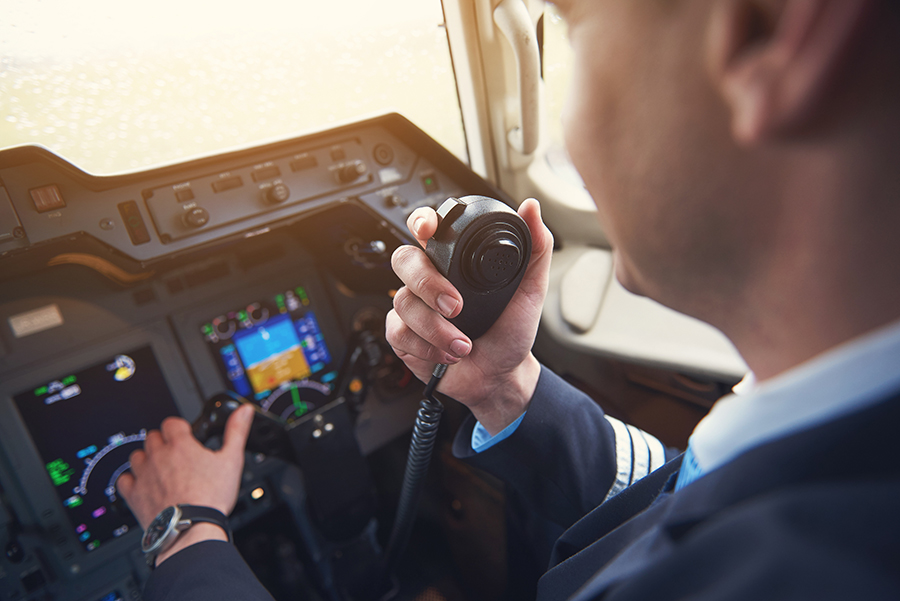Not too long ago, flying commercially was a luxury reserved for the rich. Owning an aircraft yourself was practically unheard of.
Times have changed, however. Flying privately and even owning your own aircraft is far more accessible. For the same price as an automobile, you can purchase an airplane that you can use as you wish.
Purchasing an aircraft may not be the best choice for you, however, as owning an aircraft is unfortunately not as simple as owning a car.
This article will discuss the costs of purchasing and maintaining different types of aircraft, which will allow you to decide whether becoming an aircraft owner is worth it.
How Much Does a Small Aircraft Cost?
From small ultralight aircraft as cheap as $10,000 to larger multi-engine aircraft with a price tag of over $300,000, you are spoiled for choice.
Let’s examine what influences an aircraft’s cost and the different types of aircraft available for your choosing.
What Affects an Aircraft’s Cost?
Several factors influence an aircraft’s cost.
- The type of aircraft (e.g., single-engine, multi-engine).
- The age of the aircraft.
- The condition of the aircraft (i.e., general wear and tear).
- How much time until an engine overhaul is required.
- The model of aircraft (e.g., Cessna, Piper, etc.).
Great deals can often be found when purchasing used aircraft, and unless you have the means to do so, it would be advisable to avoid buying a brand-new small plane.
Ultralight Aircraft

Ultralight aircraft (sometimes referred to as microlight) are small, light-weight, one or two-seat fixed-wing single-engine planes. These aircraft are the easiest and cheapest way to get into the skies, with upfront costs of $8000 – $15,000 when purchased new.
These aircraft also have less stringent pilot licensing regulations, which means that your license will be easier and cheaper to obtain.
Single-Engine Aircraft
Single-engine aircraft such as the Cessna 172 are typically what come to mind when referring to a small plane. These aircraft are more expensive than ultralight aircraft and require a Private Pilot Certificate to operate.
When purchased new, you would be hard-pressed to find any available at lower than $15,000. Prices typically range from $15,000 – $100,000, with higher-end models reaching the $300,000 mark.
Multi-Engine Aircraft

Multi-engine aircraft will typically not be found with an upfront cost of less than $75,000. Multi-engine aircraft have the greatest price range of any small plane, with many multi-engine aircraft for sale at over $500,000.
Multi-engine aircraft will typically fly faster have a greater cargo capacity than their single-engine counterparts. Many single-engine aircraft boast performance figures comparable to multi-engine aircraft at a significantly lower price range, however. For the typical recreational pilot, a multi-engine plane may be overkill.
In other cases, a multi-engine aircraft’s extra redundancy and ability may be required if more complex flights will be undertaken, such as IFR or night flights, where single-engine aircraft may not always suffice.
How Much Do Small Aircraft Cost to Maintain?
When purchasing an aircraft, the purchase price it’s not the only cost you will experience. Compared to road vehicles, airplanes have far higher maintenance costs, and these need to be considered before purchase.
Hangars
Unless you have a massive garage and have a way to transport your aircraft from your home to the airport (or you live at the airport like John Travolta), you will need to either buy or rent hangar space.
Renting an airplane hangar will typically cost between $200 – $500 a month. The cost of purchasing hangar space will depend on the airport and even the location at the airport, and some airports may not have any hangar space for sale. If you find hangar space to purchase, you can expect a cost of between $15 and $25 per square foot.
You will be able to reduce storage expenses if you decide to tie down the aircraft on an apron. While this is the cheaper option, your aircraft will be exposed to the elements, which may cause long-term damage.
Insurance and Inspections
Insurance for a small aircraft will cost at least $1,000 a year, but you will more than likely have to opt for something more expensive.
A legally required annual mechanical inspection will cost around $700, in addition to any maintenance required.
Maintenance

Maintenance costs vary wildly between aircraft. Ultralight aircraft will typically have minimal maintenance costs, with most maintenance work being DIY. Single and multi-engine aircraft have significantly higher maintenance costs. Depending on the condition, age, and type of aircraft, you can expect maintenance costs to be in the thousands of dollars per year.
The silent killer of aircraft ownership is unplanned expenses. Aircraft owners must always be ready to pay for significant costs, even if they are unlikely. Unexpected maintenance expenses can be avoided during the purchase process by purchasing new aircraft or performing a thorough inspection of used aircraft.
Keeping this in mind, a general estimation of maintenance costs can be made.
For a secondhand Cessna 172, you can expect maintenance costs in the region of $50 per hour. This is a rough estimate and only intended as a ballpark figure. Multi-engine aircraft can easily be triple that price, and any unintended expenses will further increase the maintenance cost per hour.
Airport Fees
Another often overlooked expense of aircraft ownership is landing and other miscellaneous airport fees.
Once again, depending on the location and the airport itself, landing fees can range anywhere from $2 – $200. If you use $10 as a rough estimate of airport fees per landing, you should be in the clear, but be sure to do your own research on airport expenses in your area.
Fuel

The extent of your fuel expense will directly correlate with the amount and the type of aircraft you fly. Furthermore, fuel expenses vary from airport to airport.
For a small single-engine aircraft, expect fuel costs to be around $40 an hour.
Once again, before you make a purchase, do your own research on how much you intend to fly and whether a smaller or more fuel-efficient aircraft would better suit your needs.
Renting vs. Buying
While an entire book could be written on the renting versus buying debate, the primary fact is that, for a small aircraft, if you intend on flying more than approximately 300 hours a year, purchasing an aircraft will almost always be a better financial decision.
If you do not fly often, or you fly a very specific or expensive type of aircraft (such as an aerobatic aircraft, for example), renting an aircraft may be the better choice for you.
At the end of the day, decide how much you are going to fly, where are you are going to fly, what conditions you are going to fly in, and what budget you have to work with. Once you know all of these factors, do your own research and determine what your expenses will be over and above the purchase price of the aircraft you intend to buy.
While buying an aircraft will almost always be the better financial decision, your situation may dictate that you delay the purchase of an aircraft.
If you decide to purchase an aircraft and have done your research, contact other aircraft owners and find out precisely what aircraft ownership will be like.
The joy, freedom, and excitement of owning an aircraft are undeniable. To ensure that you have the best experience possible, it is your responsibility to find the kind of aircraft that perfectly suits your needs.


 @pilotinstituteairplanes
@pilotinstituteairplanes


